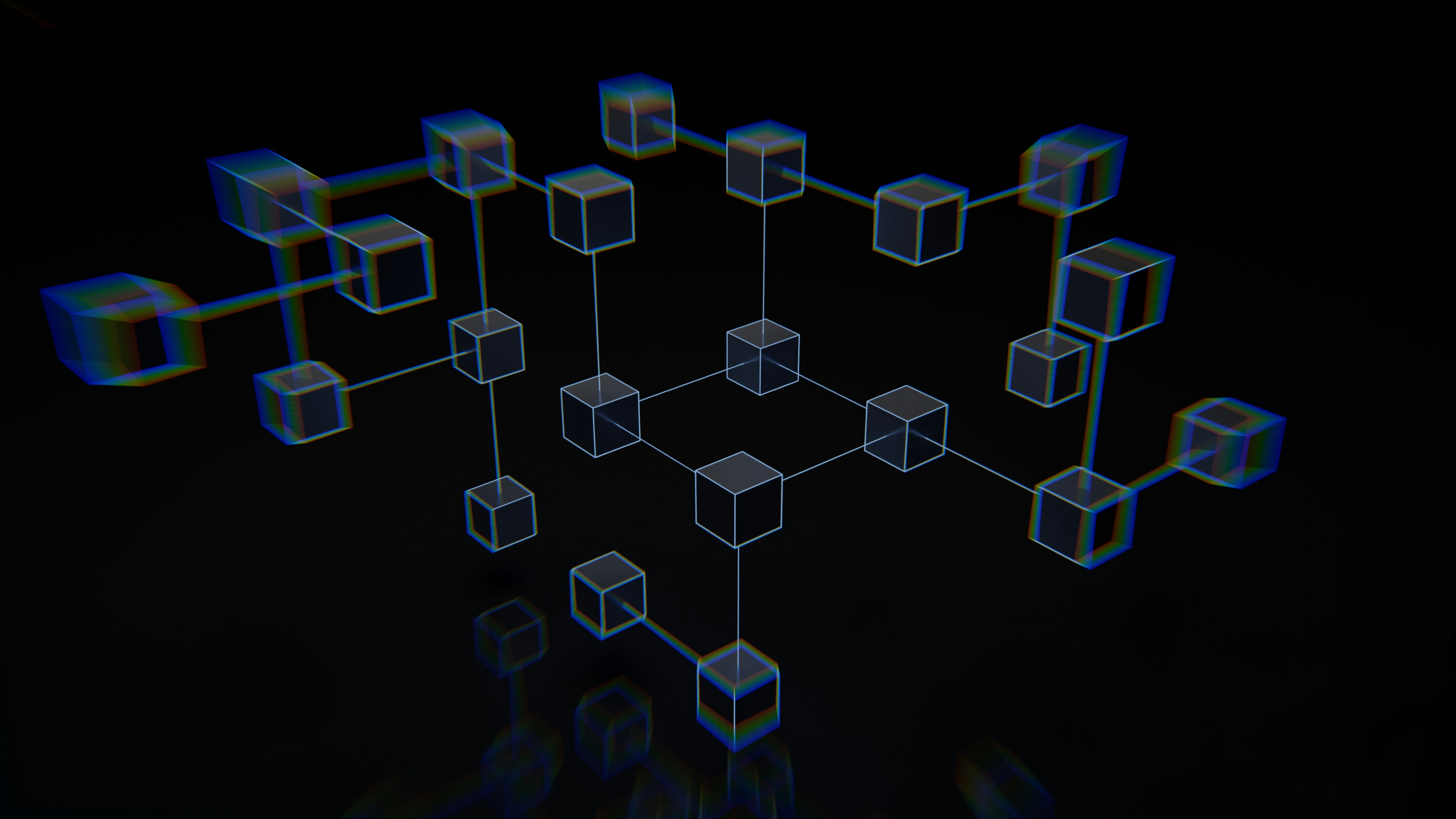Ravencoin Revolution: Tokenizing Assets on the Bitcoin Network

Blockchain technology has ushered in a new era of digital innovation, and one of its most promising applications is asset tokenization. This process involves converting real-world assets, such as real estate, art, and financial instruments, into digital tokens on a blockchain. In recent years, Ravencoin has emerged as a significant player in this space, enabling the tokenization of assets on the Bitcoin network. For those keen on navigating the complexities of this evolving market, Immediate GPT is the website that connects users to investment education firms. In this article, we will take a deep dive into the concept of asset tokenization and explore how Ravencoin is revolutionizing this landscape.
Understanding Asset Tokenization
Asset tokenization is the process of representing ownership of real-world assets as digital tokens on a blockchain. This concept has gained traction due to several key benefits it offers:
Liquidity and Accessibility: Tokenized assets are easily tradable on secondary markets, providing liquidity and accessibility to a broader range of investors.
Fractional Ownership: Asset tokenization allows for the fractional ownership of high-value assets, making it affordable for a larger number of investors.
Transparency and Security: Blockchain technology ensures transparent and secure ownership records, reducing the risk of fraud and disputes.
Automation: Smart contracts can automate various aspects of asset management, including dividends, profit distribution, and compliance.
Ravencoin's Genesis: A Deep Dive
Ravencoin, a blockchain platform launched in 2018, was specifically designed for asset tokenization. Its primary objective is to enable users to create and transfer digital assets seamlessly. Let's explore what sets Ravencoin apart:
Background of Ravencoin: Ravencoin was created by Bruce Fenton, a prominent figure in the blockchain and cryptocurrency space. It is based on the Bitcoin codebase and inherits its robust security features.
Unique Features and Objectives: Ravencoin's key features include a dedicated asset layer, asset creation without permission, and a focus on security. It aims to provide a platform for users to tokenize assets easily.
How Ravencoin Differs from Other Blockchain Platforms: Unlike other general-purpose blockchains, Ravencoin is purpose-built for asset tokenization, making it more efficient and secure for this specific use case.
Tokenizing Assets with Ravencoin
Tokenizing assets on the Ravencoin network involves a straightforward process:
Creating Tokens: Users can create their own tokens representing ownership of assets. This can be done through Ravencoin's wallet or supported exchanges.
Security and Transparency: Ravencoin leverages the security of the Bitcoin network, ensuring that asset ownership records are tamper-proof and transparent.
Use Cases for Asset Tokenization on Ravencoin: Asset tokenization has numerous applications, including real estate, art, collectibles, and intellectual property. It can also be used to tokenize traditional securities like stocks and bonds.
Real-World Applications
The potential for asset tokenization on the Ravencoin network is vast, with real-world applications spanning various industries:
Tokenization of Real Estate Assets: Tokenizing real estate allows property ownership to be divided into smaller, tradable shares, making it accessible to a wider range of investors.
Tokenizing Art, Collectibles, and Intellectual Property: Artists and creators can tokenize their work, allowing for easy ownership transfer and royalties through smart contracts.
Securities and Financial Instruments on the Ravencoin Network: Traditional financial assets, such as stocks and bonds, can be issued as digital tokens, streamlining trading and settlement processes.
Challenges and Regulatory Landscape
While asset tokenization presents numerous benefits, it also comes with challenges:
Security Concerns and Mitigations: Security is a critical concern when dealing with digital assets. Ravencoin employs advanced encryption and security measures to protect tokenized assets.
Legal and Regulatory Challenges: The regulatory environment for asset tokenization is evolving. Compliance with local and international regulations is crucial for widespread adoption.
Ravencoin's Compliance Mechanisms: Ravencoin is actively working on compliance features to ensure that token issuers can adhere to relevant regulations, such as Know Your Customer (KYC) and Anti-Money Laundering (AML) requirements.
Future Prospects and Conclusion
The future of Ravencoin and asset tokenization holds immense promise:
The Potential Impact of Ravencoin: As Ravencoin continues to mature, it has the potential to disrupt traditional financial markets by providing a secure and efficient platform for asset tokenization.
Integration with the Broader Blockchain Ecosystem: Ravencoin can collaborate with other blockchain projects to expand its reach and functionality, enabling seamless interoperability between different blockchain networks.
Conclusion
In conclusion, Ravencoin's mission to facilitate asset tokenization on the Bitcoin network is an exciting development in the blockchain space. By providing a secure and efficient platform for converting real-world assets into digital tokens, Ravencoin is poised to play a pivotal role in the future of finance and ownership. As the technology continues to evolve and adapt to regulatory requirements, it may very well revolutionize how we think about ownership and investment in the digital age.
(Devdiscourse's journalists were not involved in the production of this article. The facts and opinions appearing in the article do not reflect the views of Devdiscourse and Devdiscourse does not claim any responsibility for the same.)










